This shader is a proof of concept to find out if I could create a “typical” Shadertoy shader, i.e. a shader that renders a non-trivial animated 3D scene, by using a ray tracer instead of the commonly used raymarching techniques.
Robotic Arm
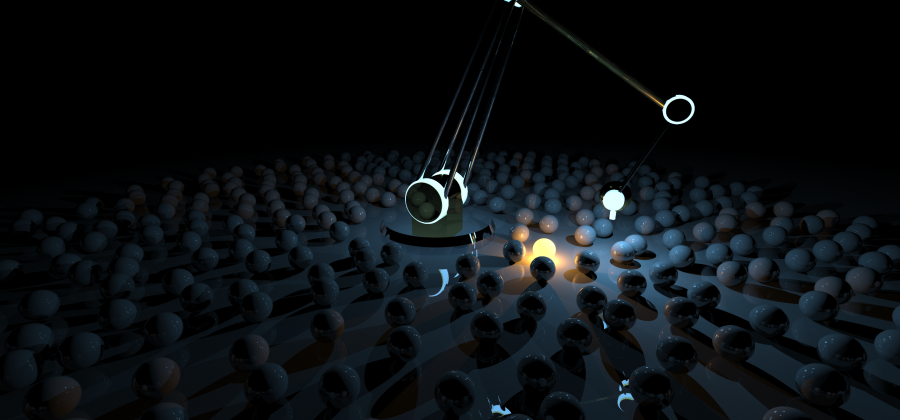

This shader is a proof of concept to find out if I could create a “typical” Shadertoy shader, i.e. a shader that renders a non-trivial animated 3D scene, by using a ray tracer instead of the commonly used raymarching techniques.
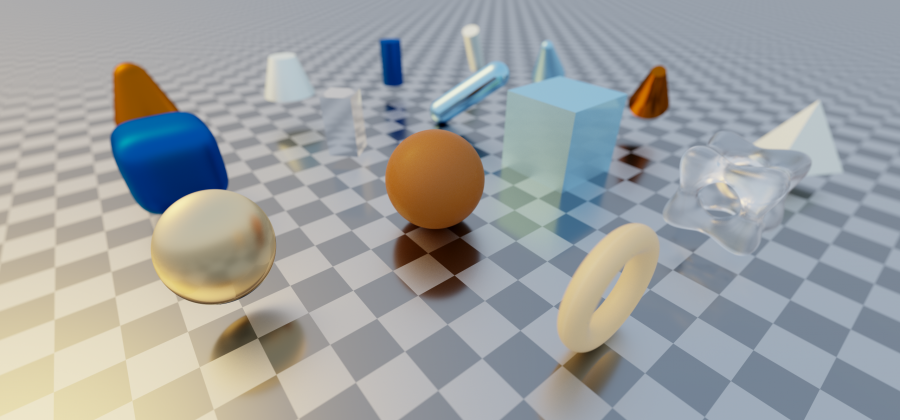
I created a reference shader with ray-primitive intersection routines on Shadertoy. A simple path tracer is used to visualize the scene.
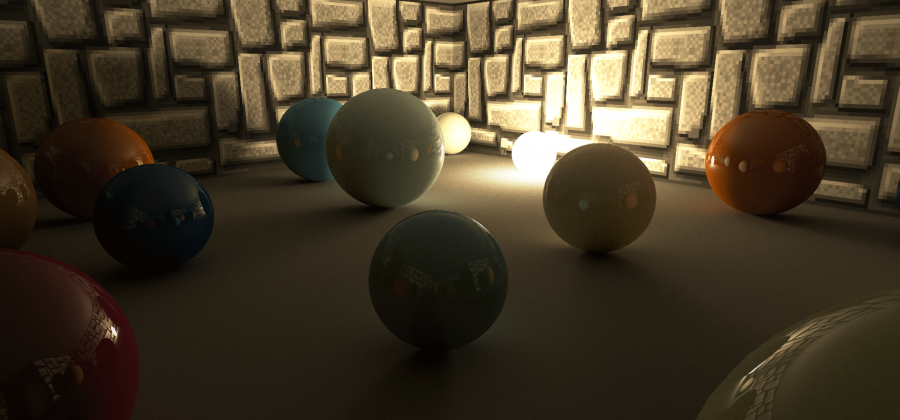
Since the introduction of the Nvidia RTX graphics cards last summer, ray tracing is back again. In the last months, my Twitter feed flooded with a continuous stream of RTX On / RTX Off comparisons.
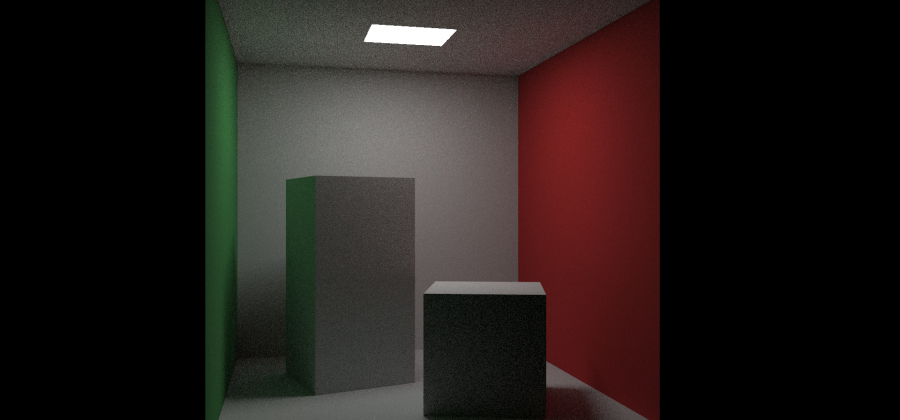
Yet another Cornell Box: a path tracer in a single fragment shader on Shadertoy. Direct light sampling is used to reduce noise. The scene is rendered using 12 samples per pixel.
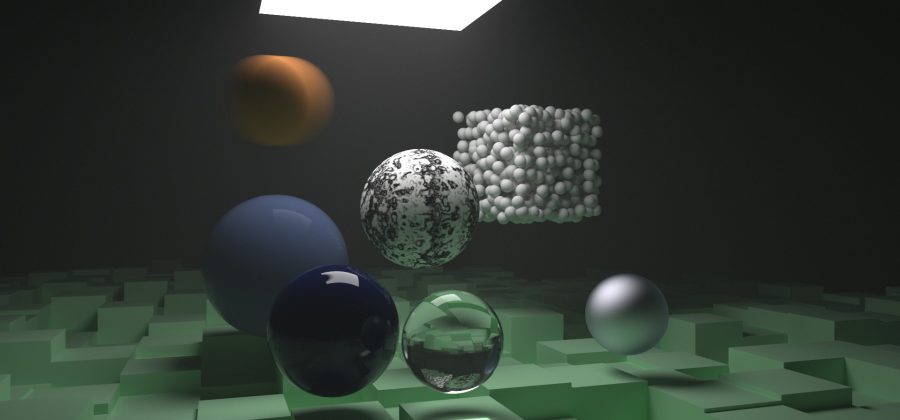
It’s the next week so time for “Raytracing: the next week” by Peter Shirley. Again, I implemented some of the chapters of the book in four shaders on Shadertoy.
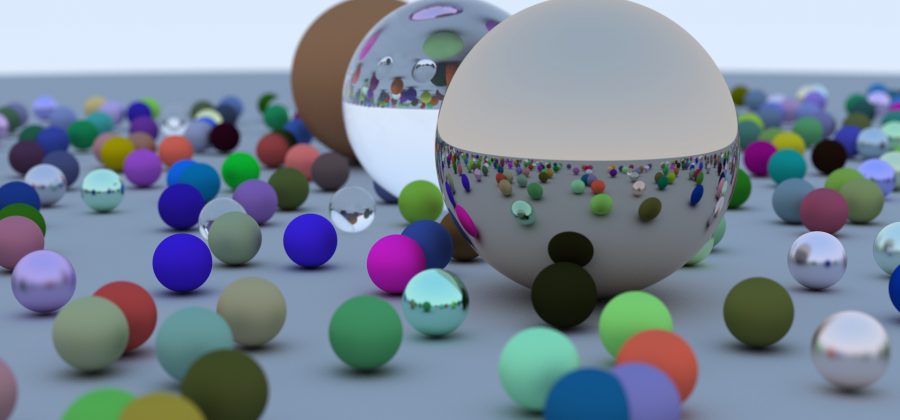
I know I’m a bit late to the party, but I had a lot of fun reading “Ray tracing in one weekend” by Peter Shirley yesterday. I implemented some of the chapters of the book in four shaders on Shadertoy.
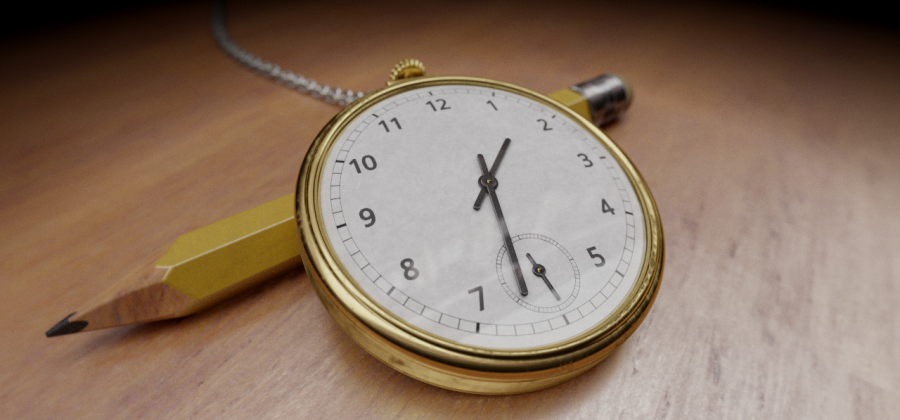
A simple path tracer is used to render an old watch. The old watch scene is (almost) the same scene as rendered using image-based lighting in my Shadertoy shader “Old watch (IBL).”
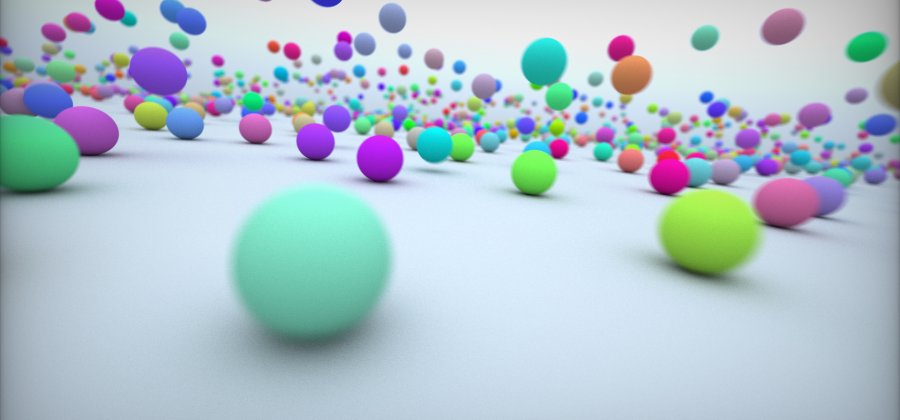
Just a repost of one of my first shaders on Shadertoy. This is a simple realtime path tracer, implemented in a WebGL fragment shader. The shader shows motion blur, depth of field and importance sampling.